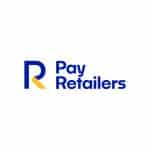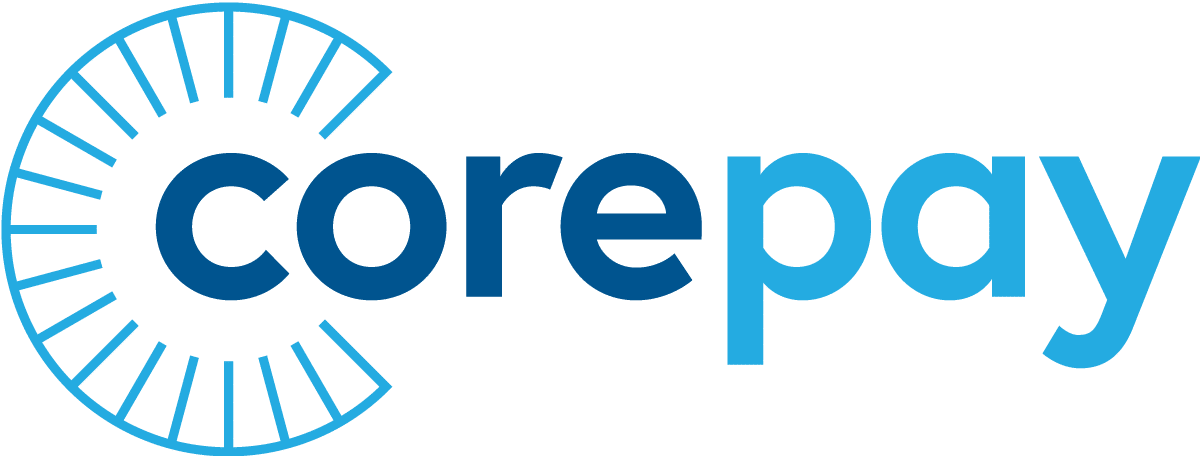As the name implies, the MasterCard Excessive Chargeback Program (ECP) is a predetermined chargeback threshold that helps acquirers to evaluate and predict merchants’ chargeback risks.
To help promote reliable, simple, and safe commerce for all stakeholders, Mastercard established a standard chargeback-to-transaction ratio threshold that should guide payment processors in their relationship with merchants.
With the ECP, Mastercard aims to reduce chargebacks and make its payment system seamless for users. Mastercard determines a merchant’s excessive chargeback ratio by calculating the current month’s first chargebacks and dividing it by the total number of transactions in the prior month.
Example: The first 20 chargebacks received in January divided by 200 sales in December = Chargeback Ratio of 0.1 percent. In this case, Mastercard will use 0.1% as your basis point or chargeback ratio for the period.
Mastercard does not take the second chargebacks, also known as pre-arbitration chargebacks and retrievals, into consideration in the calculation. However, they will track won chargebacks in the analysis. Regardless of the outcome, when a chargeback issues, they count it in determining the ratio.
Before we take a deep dive into understanding the Mastercard Excessive Chargeback Program’s makeup, let’s take a quick look at the Mastercard Fraud Monitoring Program.
The Mastercard Fraud Monitoring Program has three thresholds
Over here, Mastercard monitors merchants for excessive fraud. And if a merchant breaches the established threshold, they will have to face some fees and punishments to mitigate the shortcoming.
A merchant enters the Mastercard Excessive Fraud program’s first stage when they have at least $3,000 in reported fraud cases. That means a fraud-to-sales ratio between 3% and 4.99%. For the second stage, the merchant will have to get at least $4,000 in reported fraud cases and a fraud-to-sales ratio ranging from 5% to 7.99%.
In the extreme and most damaging stage, the merchant is categorized as an Excessive Fraud Merchant when they get less than $5,000 in reported fraud issues and a fraud-to-sales ratio of more than 8%. When a merchant enters the Fraud Monitoring Program, they will have to pay determined fines ranging from $500 to $20,000, depending on their stage and duration in the period.
That said, let’s take a look at the ECP and how to avoid it.
Understanding the Mastercard Excessive Chargeback Program threshold
There are two branches of the Mastercard excessive chargeback program. A merchant could be flagged for breaching the threshold of one of the following programs:
- Chargeback Monitored Merchant (CMM)
- Excessive Chargeback Merchant (ECM)
Before we review the stated branches of the ECP, it’s important to highlight that these thresholds will apply to you depending on your acquiring bank’s geographical location. You will need to find out where your acquirer is to know the limitations that apply to you. That said, below are the content of each of the ECP and how to avoid them.
Chargeback Monitored Merchant (CMM)
This aspect of MasterCard’s Excessive Chargeback Program is designed to track a merchant’s chargeback activity and quickly determine if the merchant is nearing the monthly chargeback threshold.
Mastercard places a merchant in the CMM program when the merchant reaches a 1.0% chargeback-to-sales ratio or if a merchant exceeds a 100-basis point chargeback threshold at the end of the monthly review.
Although Mastercard does not place any fee assessments on merchants in the CMM program, they will keep the merchants there until such merchants can lower their chargebacks ratio. Failure to achieve this remediation will lead to the vendor entering the next stage of the ECP.
Excessive Chargeback Merchant (ECM)
The Excessive Chargeback Merchant program monitors merchants that receive an excessive number of chargebacks monthly. If you’ve reached this point, your business is in huge trouble. Merchants go into ECM when they exceed the thresholds of a 1.5% chargeback ratio or 150 basis points for two consecutive months (also known as trigger months). Mastercard will place the merchant in the ECM until they can make remediation by lowering their basis point to below 150 for two consecutive months.
More so, Mastercard can place fines on merchants in the ECM program. They assess these fines as they choose. For instance, if your merchant account has $1,000 in actual Mastercard chargebacks in your ECM identification, the ECM fees will not be above the same amount, $1,000.
The ECM category of the Mastercard Excessive Chargeback Program lasts for the first six months of your entering the program. They expect the merchant to figure out the process and make necessary remediation at this stage. But if the merchant is still unable to amend their operation by the end of the sixth month, they will proceed to the second tract as an Excessive Chargeback Merchant. This period will last for another six months. At this stage, the Excessive Chargeback Merchant will have to provide a mitigation plan to show Mastercard they are taking critical steps to mitigate subsequent chargebacks. This remediation plan will determine whether the merchant will get a lifeline or not.
If the Excessive Chargeback Merchant can satisfy Mastercard’s demands, they will exit the ECP and begin a clean slate. Any subsequent flaggings would make them start the process all over again.
How to avoid Mastercard Excessive Chargeback Program
The Mastercard Excessive Chargeback Program is no fun game at all. If a merchant cannot mitigate their chargeback issues as required by the programs above, the acquirer can terminate their merchant account. Hence, you must continuously monitor your chargeback ratio to avoid getting into the Mastercard Excessive Chargeback Program. Stay clear of suspicious transactions, keep a pulse on chargeback trends in the industry, and do your best to work things out with your client when an issue arises.
But as you already know, these cautions can still fall short of saving your business from ECP. If you want to join smart e-commerce merchants who are taking proactive measures to mitigate chargebacks and card frauds, a company like Chargeflow.io has your back.
Chargeflow.io is a technology tool that uses artificial intelligence and machine learning to recognize when a dispute on a payment occurs and fight those PayPal disputes and chargebacks as you’d wish. That can mean sifting through 450,000 disputes per minute. Instead of relying on your power of logic and writing skills when fighting a PayPal dispute, Chargeflow.io’s Dispute Automation software pulls from over 50 data points associated with the disputed order to strengthen your dispute.
Editors note: This post is contributed by Tom Chris at Chargeflow





























